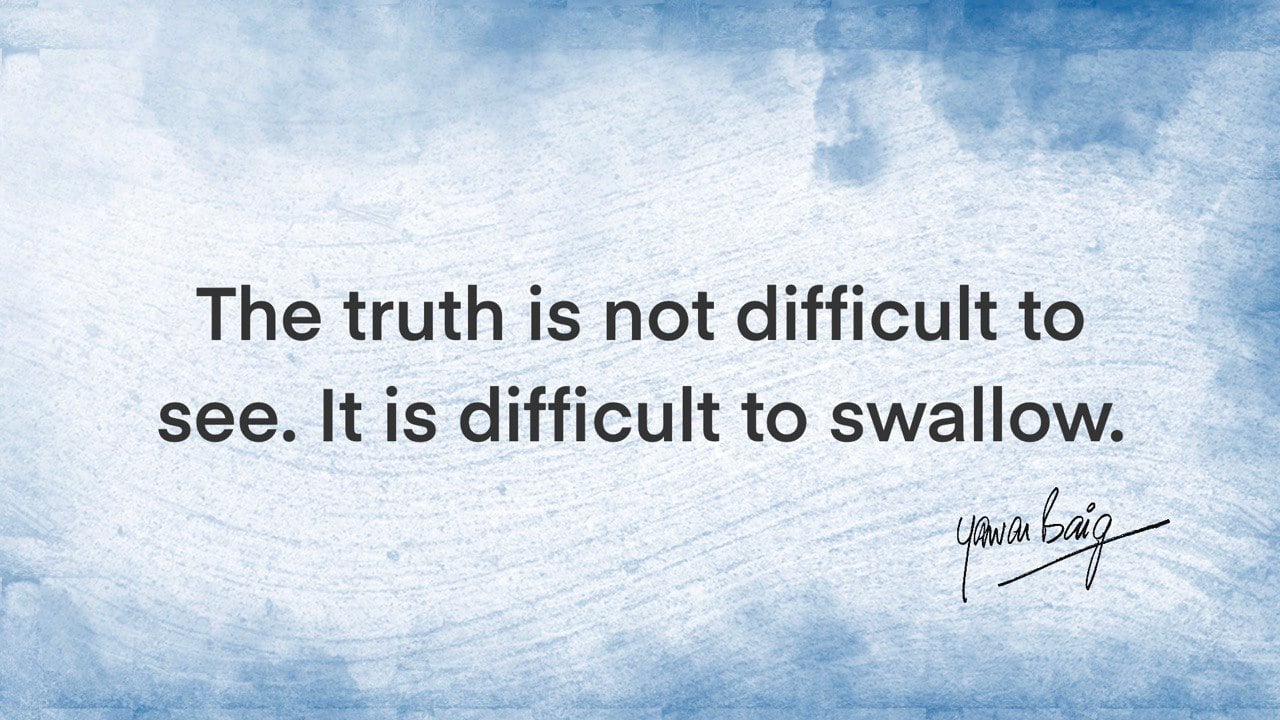-
Family Farms

We must talk about these things. I am not under any illusion that we can turn the clock back much as some of us may wish. But we need to talk about what can be done to slow down the race towards total breakdown of family and society. It is almost over here in the…
-
Six Months
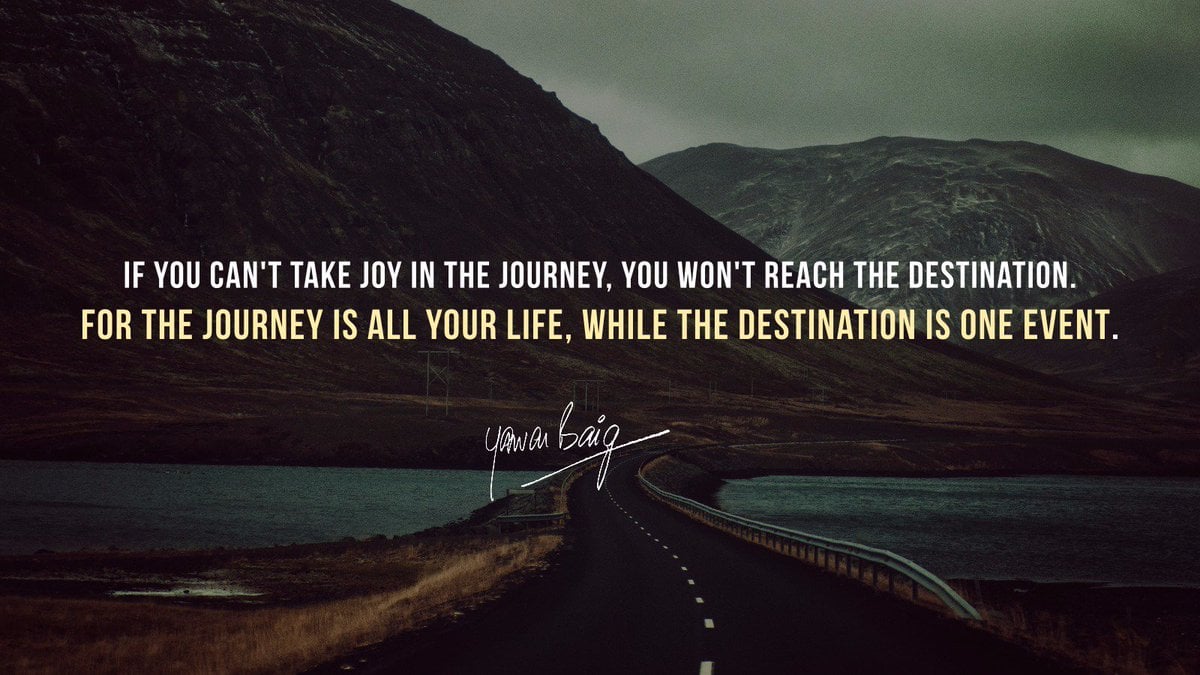
Results come from sustained work over a long period of time. Dreaming about work is not work. Thinking about work is not work. Talking about work is not work. Writing about work is not work. Posting on social media about work is not work. Only working every day without fail, is work. Work is what…
-
Ageing Gracefully
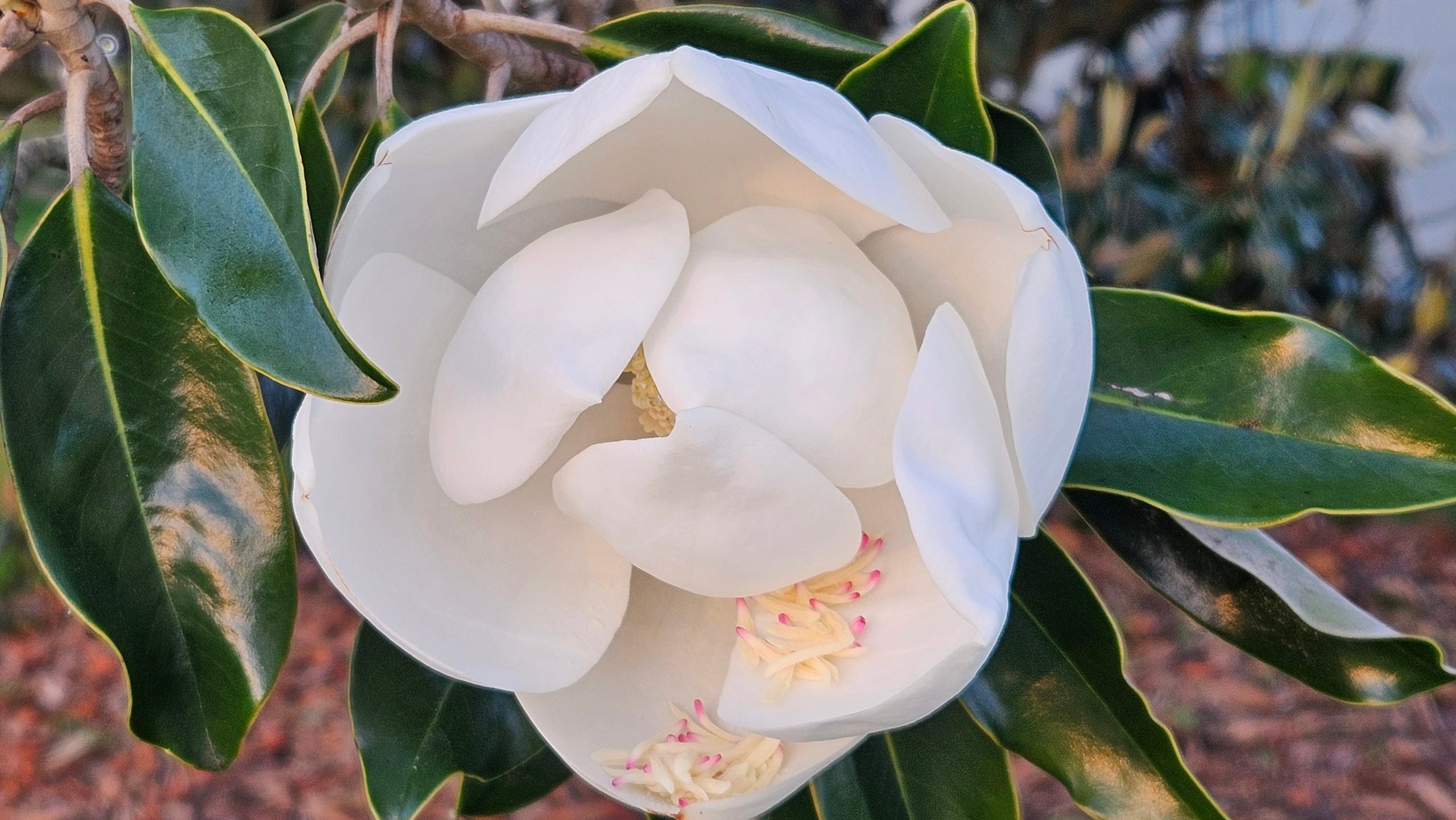
To grow old is a blessing that not everyone is granted. To age gracefully is a choice that not everyone makes. But it is a choice that you can make at any time. Since I am 70 this year, 2025, and so have entered the Last Lap Club, I thought I would share some reflections…
-
Happy Another Chance
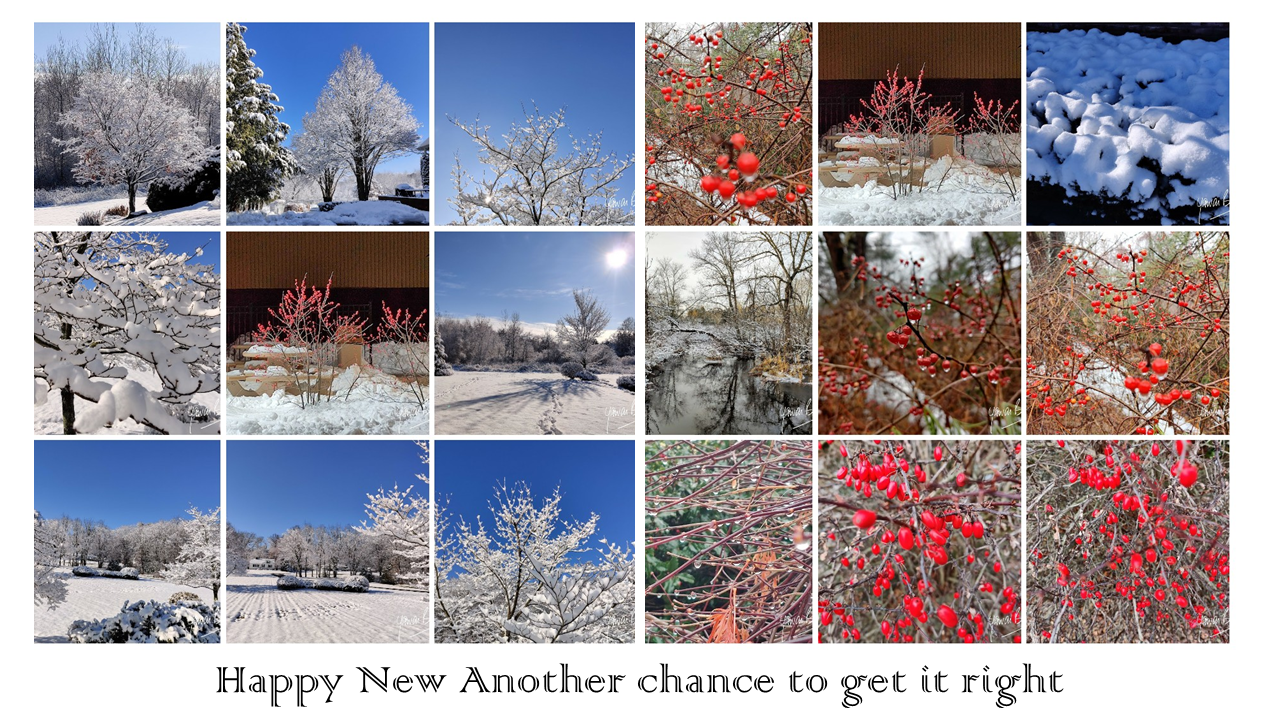
In 2025, let us resolve to rekindle our flame of idealism, to invest in ourselves by investing in others, to work to change the lives of others because that is the only way to change our lives. Let us ensure that we do our best and use all our resources to ensure that nobody is…
-
Half a century of memories
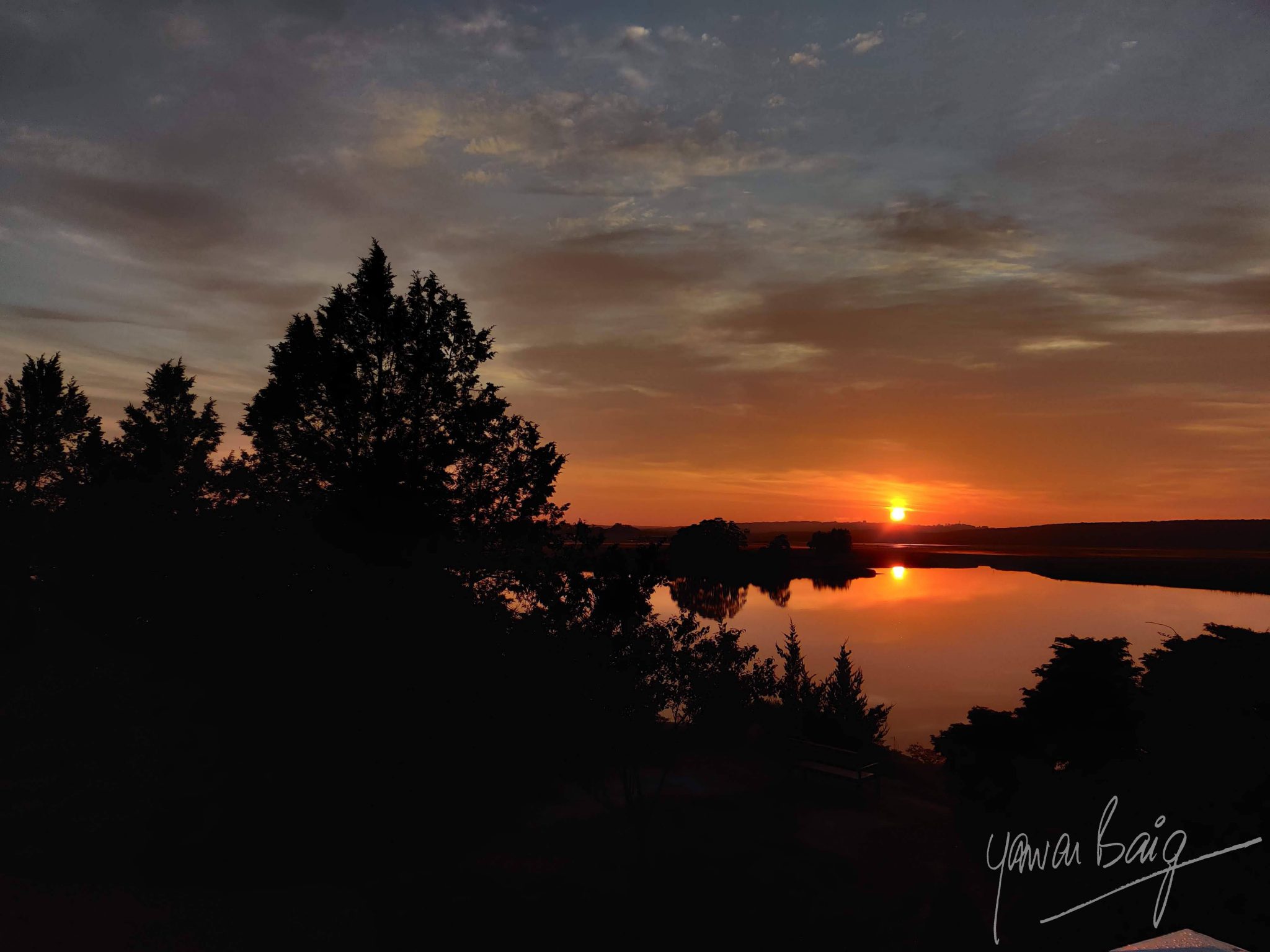
That morning, I was sitting on the steps leading up to the front door, lost in my grief that I would never see Aunty Mohini ever again, when someone came up behind me and said, ‘Yawar, I think I know what Mohini meant to you. Will you allow me to take her place?’ I looked…
-
We thank You

By a future that looks dark, promising a dawn very bright, By our values, our compassion, our courage, by Islam, By those who lift us when we fall and fight for us when we can’t, By knowing You, loving You, thanking You and worshipping only You, We know You O! Allahﷻ by Your Bounties, uncounted.
-
Hope Forum

The Hope Forum is a place that the injured from Twitter, Facebook and other social media can come, to detox and cure themselves from the negativity of the world. There’s much good happening in the world that gets no lift. Bad news sells. So we’ll give each other good news for free. And you’ll be…
-
Bells of friendship
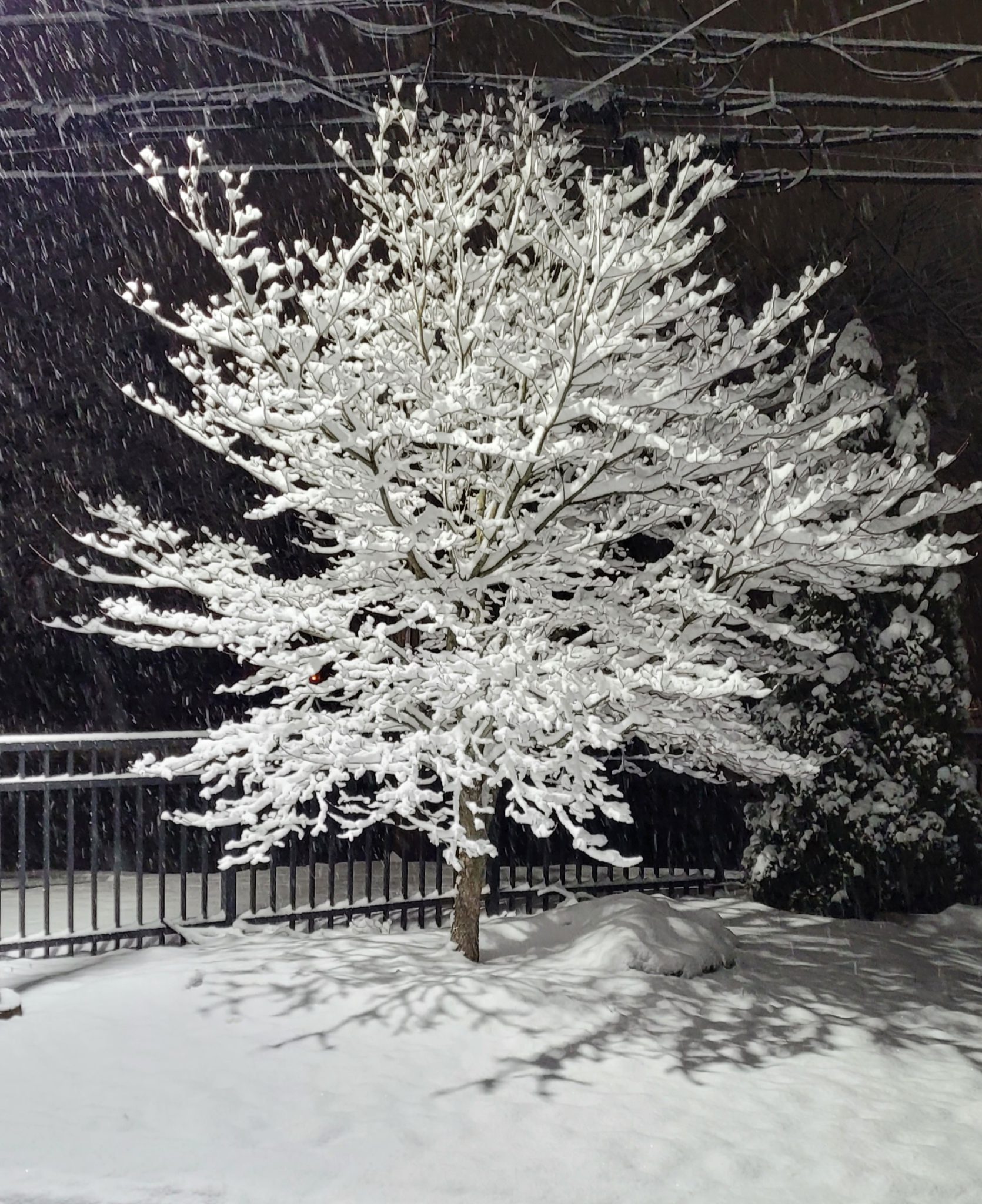
English villages have a charm of their own. Cottages with thatch roofs, stone walls, dating back sometimes more than a century and gardens that clearly showed the enormous attention and effort that was put into them. Always a church and a cemetery, very peaceful and quiet, which explains why people die to get there. Flowers…
-
Training dogs – discovering yourself
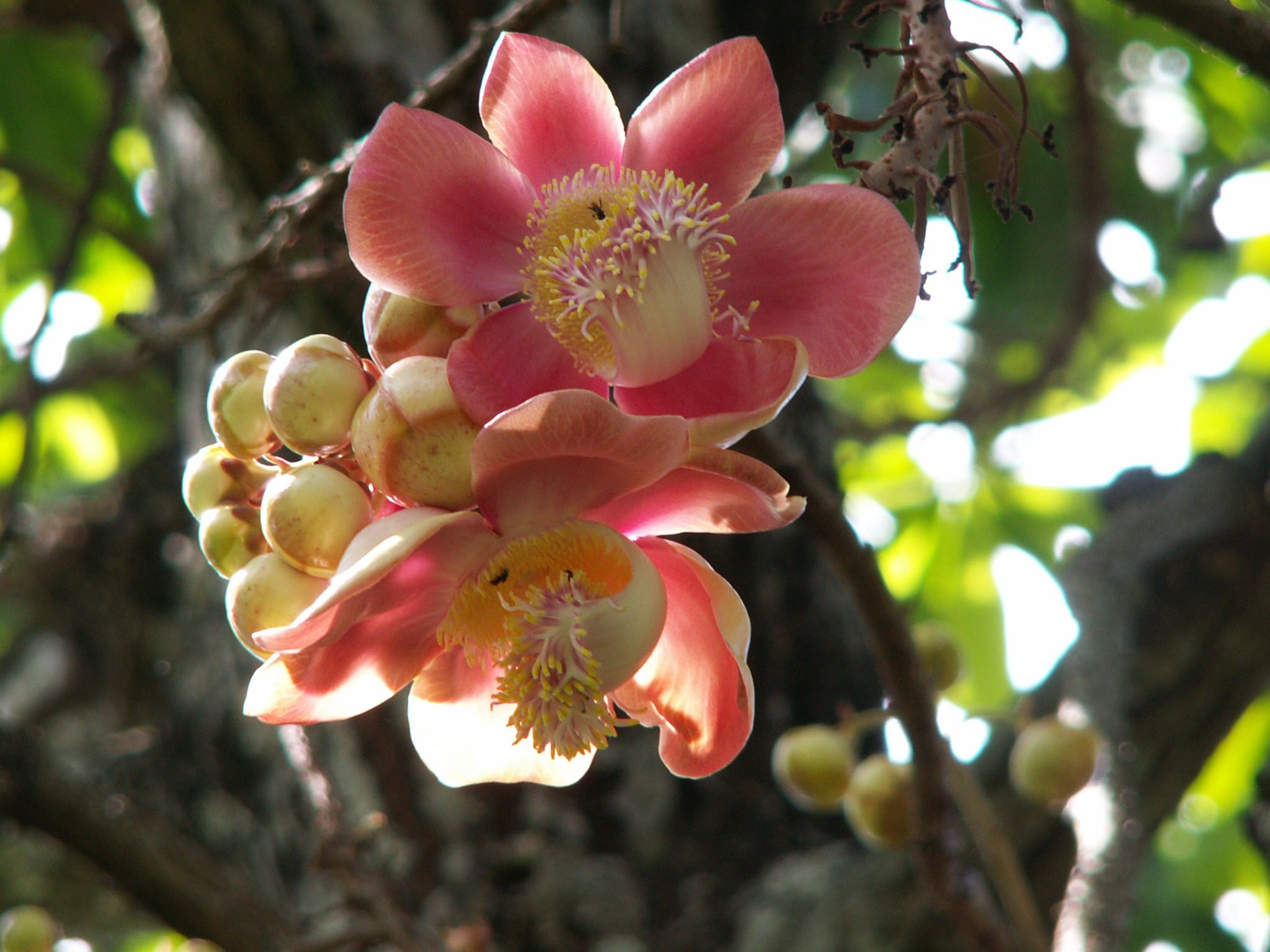
The biggest benefit of having a dog from my perspective is the companionship that the dog provides, of non-judgmental, unconditional love. For the dog, you are the most precious, beautiful, and admirable person in the world to whom the dog dedicates himself lifelong. No matter that in the eyes of the world you are poor,…
